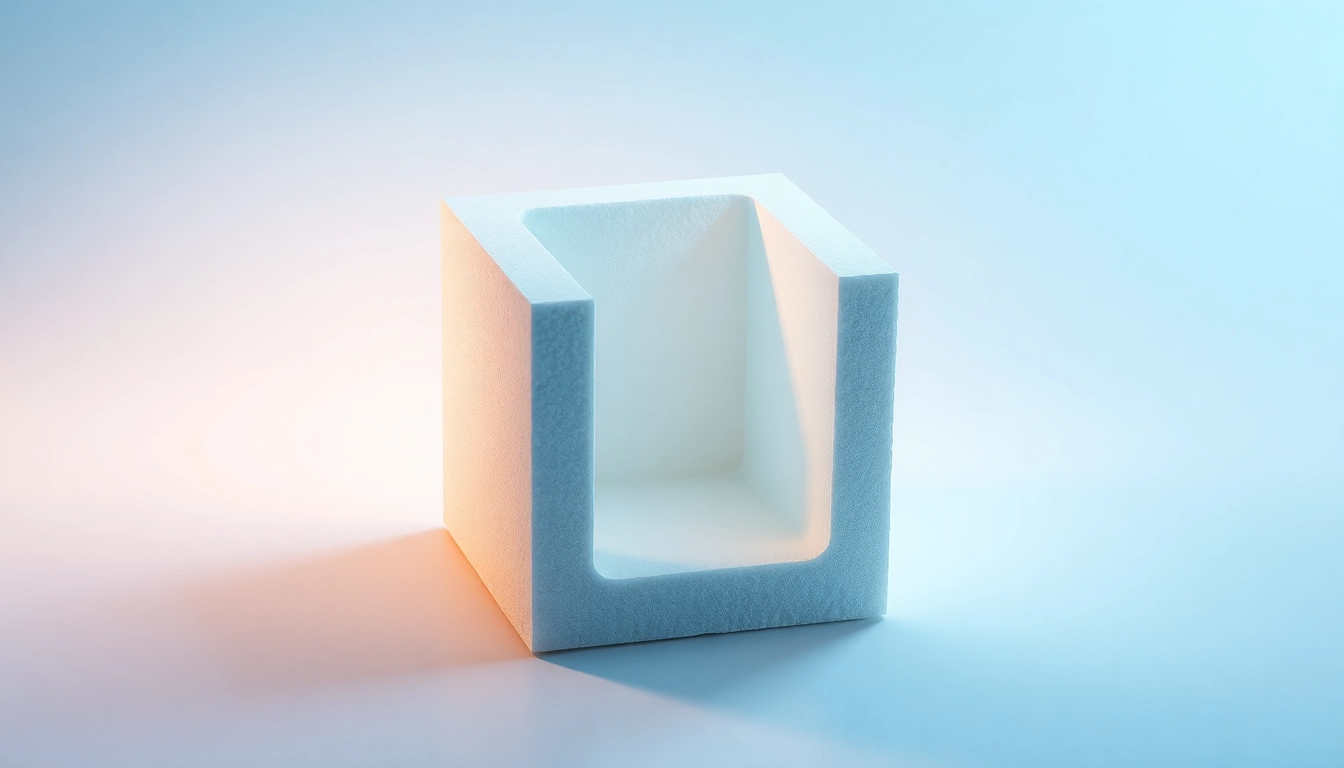
What is a Cross Section?
Definition and Basic Concepts
A cross section refers to the shape or surface that is exposed when a solid object is sliced through by a plane, specifically at right angles to an axis. This concept is foundational in both geometry and various scientific disciplines, functioning as a tool for visualization and analysis. In essence, a cross section provides an intuitive representation of the internal structure of a given object.
For example, if you were to cut a cylindrical fruit like an apple in half, the circular flat surface you observe would be its cross section. This concept spans various fields, including mathematics, engineering, physics, and biology, offering unique insights into the dimensionality and characteristics of objects by revealing internal features that are otherwise hidden.
Types of Cross Sections in Geometry
In geometry, the classification of cross sections taps into the type of solid being analyzed. Here are some common types:
- Circular Cross Section: Predominantly observed in cylindrical shapes, such as pipes or tubes. The intersection creates a circle, revealing the area within the cylinder.
- Square Cross Section: Seen in prisms, such as cubes or rectangular solids, where a straight cut yields a square shape.
- Triangular Cross Section: Found in triangular prisms; the cut will display a triangle, providing insight into the angles and side lengths of the original shape.
- Irregular Cross Sections: Objects with non-standard shapes, such as organic forms, may yield complex, non-uniform cross sections that vary significantly.
Real-life Examples of Cross Sections
Cross sections play a pivotal role in practical applications. Consider the field of construction; architects use cross-sectional views to illustrate how buildings interact with their environments. A cross section of a skyscraper can unveil the arrangement of floors, walls, and structural supports, aiding in visualizations that guide effective planning and execution.
Moreover, in the field of medicine, cross sections obtained from scans such as CT or MRI provide critical insights into internal anatomy, allowing healthcare professionals to diagnose conditions and plan treatments accurately.
Applications of Cross Section in Science
Cross Section in Physics: Understanding Collisions
In physics, the concept of cross sections extends into the analysis of collisions and interactions, particularly in particle physics. Here, a cross section quantifies the probability of a particle interaction occurring, such as scattering processes. The greater the cross section, the higher the likelihood of an interaction. This understanding is crucial for experimental setups in particle accelerators, where scientists need to predict how often particles will collide and under what conditions.
Cross Section Analysis in Engineering
Engineers leverage cross section analysis for structural assessments. By studying the cross section of beams, trusses, and various structural elements, engineers can evaluate strength, stability, and material efficiency. This practice is essential in construction, aerospace, and automotive industries where the integrity of structures must withstand various forces and stresses.
Biological Cross Sections: Insights into Anatomy
Biologists and anatomists use cross sections to study organisms in detail. Cross-sectional images reveal internal organ structures, tissue organization, and pathological conditions. For instance, a cross section of a plant stem can illustrate vascular bundles, demonstrating how nutrients are transported within the plant. Additionally, these cross sections are invaluable in educational contexts, aiding students in visualizing and comprehending complex biological systems.
Mathematics Behind Cross Sections
Calculating Cross Section Area
Understanding how to calculate the area of a cross section is essential across many fields. The area can be determined based on geometric formulas that pertain to the shape of the cross section. For instance:
- Circle: Area = πr², where r is the radius.
- Rectangle: Area = length × width.
- Triangle: Area = ½ × base × height.
Each shape has its unique formula, which enables precise calculations vital for design and evaluation processes. Understanding these formulas can prevent costly errors when designing and analyzing various structures.
Formulas Associated with Cross Sections
Beyond simple area calculations, various formulas define the relationships between different dimensions and cross-sectional properties:
- Volume of a Solid: Volume = cross-sectional area × height, applicable for prisms and cylinders.
- Moment of Inertia: \(I = \int r^2 dA\), which indicates how a shape’s mass distribution affects its rotation.
A solid grasp of these equations influences many practical applications, from civil engineering to material sciences.
Common Mistakes in Cross Section Calculations
Despite their apparent simplicity, cross section calculations can be prone to common errors. Here are some frequent pitfalls and tips for avoiding them:
- Incorrect unit conversions: Ensure consistent units are used throughout calculations.
- Forgetting significant figures: Maintain accuracy by considering the precision of the measurements.
- Misapplying formulas: Confirm the appropriate formula is selected based on the shape of the cross section.
By addressing these issues, individuals can enhance the accuracy and reliability of their calculations, leading to better-informed decisions in practice.
Creating Cross Section Visuals
3D Modeling for Cross Sections
The advent of 3D modeling software has revolutionized how cross sections are created and analyzed. Software tools allow users to generate precise 3D representations of objects, making it easier to visualize their internal structures through virtually created cross sections. For example, architects can simulate how natural light enters a building, accounting for various elements like walls and windows.
Using Software for Cross Section Analysis
Software such as AutoCAD, SolidWorks, and Rhino empower professionals across industries to create, manipulate, and analyze cross sections with remarkable accuracy. These platforms not only facilitate the drafting of cross-sectional views but also offer simulation capabilities to assess performance under differing conditions, such as loads, materials, and environmental factors.
Best Practices in Representation of Cross Sections
Representing cross sections effectively demands adherence to best practices:
- Clarity: Use clear labeling and legends to explain elements within the cross section.
- Scale: Ensure that the cross section is drawn to scale to maintain proportionality.
- Color coding: Utilizing color can help distinguish different materials or structural components within a cross section.
These guidelines ensure that visual representations serve their purpose well, allowing for easy interpretation and analysis.
The Future of Cross Section Research and Developments
Innovations in Visualizing Cross Sections
Technology continues to enhance how cross sections are visualized. Innovations like augmented reality (AR) and virtual reality (VR) are becoming increasingly integral in fields such as education, architecture, and engineering. These approaches provide immersive experiences, enabling users to interact with cross-sectional models in three-dimensional space, leading to improved comprehension and engagement.
Cross Sections in Data Representation
Cross sections are also finding new applications in data visualization. With the explosion of big data, the challenge lies in interpreting complex datasets. Cross-sectional views can depict relationships between various data points in a visually digestible manner, turning abstract numbers into comprehensible visuals. This technique applies across sectors such as finance, healthcare, and social sciences, where data trends need to be conveyed effectively.
Emerging Trends in Cross Section Applications
Emerging trends suggest an increasing convergence of cross section applications with fields such as machine learning and artificial intelligence (AI). As these technologies develop, they allow for automated analysis and enhanced prediction models, which utilize cross-sectional data across different scenarios. This synergy not only enhances efficiencies but also opens avenues for innovative applications across disciplines.





